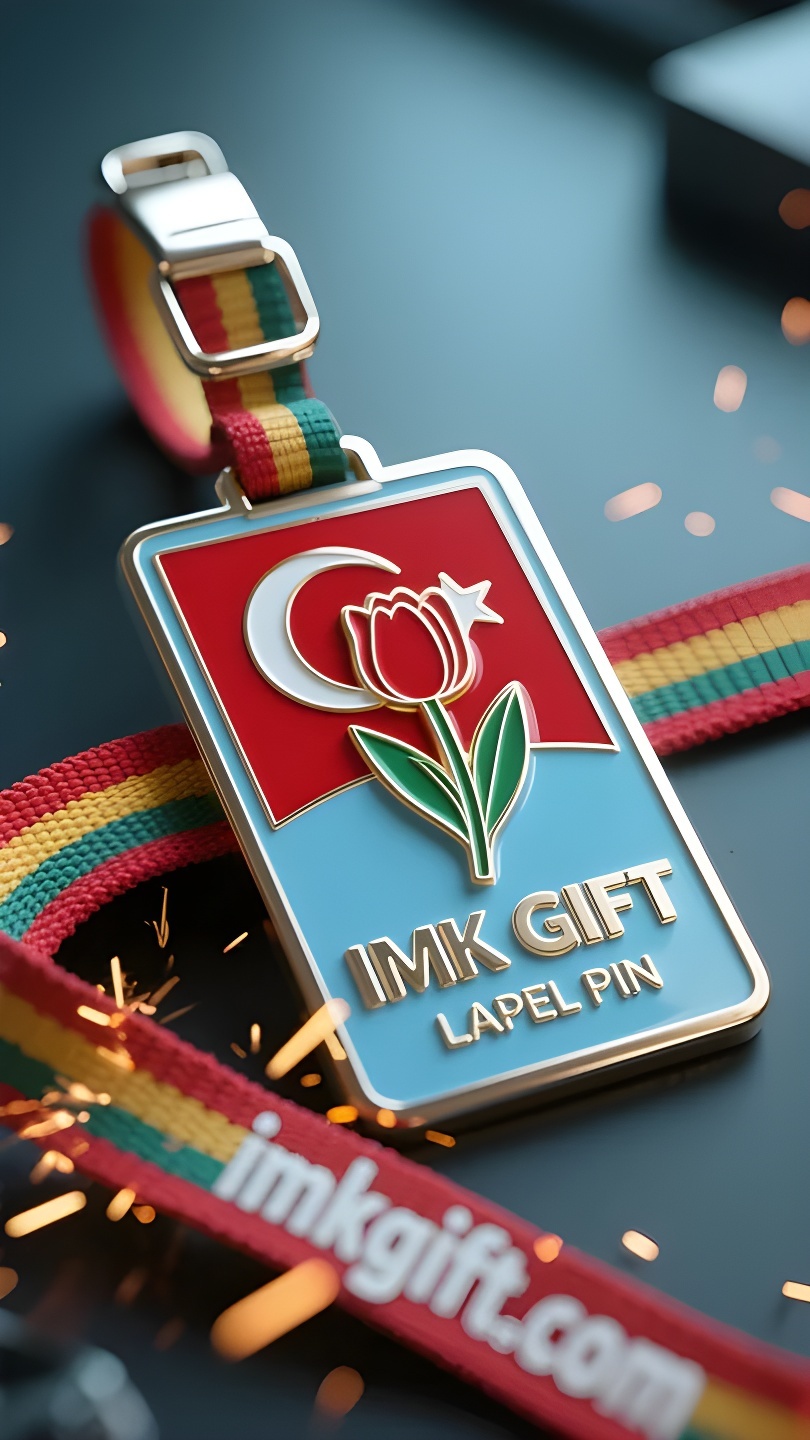in997-Kızıl-Ayın-Altında-Laleler-Asla-Solmaz
▼
Türkiye’de nisan ayında İstanbul sokaklarında ay yıldızlı bayrağın kızıl rengini yansıtan laleler açar. Altı asırdır varlığını sürdüren bu Türk kırmızısı, sadece Osmanlı süvarilerinin kanlılığının değil, aynı zamanda modern kurucu babamız Kemal’in reformlarındaki cesaretinin de simgesidir. Topkapı Sarayı’nın taş duvarları üzerinde bahar rüzgarları eserken, insanların taktığı lale desenli bavul etiketleri, sanki bütün bir milletin hafıza kodlarını taşıyormuş gibi güneş ışığında dönüp duruyor. Üzerinde lale totemleri bulunan bu bagaj etiketleri, sıradan süs eşyalarından çok daha anlamlı. Osmanlı döneminde yapay olarak yetiştirilen ilk ulusal çiçek olan lale, bir zamanlar kervanlarla binlerce kilometre yol kat ederek Türk medeniyetinin genlerini Avrasya’ya yaymıştır. Günümüzde ise gezginlerin bagajlarındaki tılsım haline gelmiş, gezginlere köklerinin nerede olduğunu her zaman hatırlamaları gerektiğini hatırlatıyor; tıpkı yıldızlı-hilal bayrağındaki hilalin her zaman Mekke’yi göstermesi ve her yaldızlı yaprağına “Ne kadar uzağa gidersen git, ruhun her zaman vatanına doğru yönelecektir” sözünün kazınmış olması gibi. Türkiye Gençlik Spor Şenliği’nde gençler, tıpkı atalarının savaş atlarına kurdele bağlaması gibi, sırt çantalarına lale bagaj etiketleri bağladılar. Bir avuçtan daha büyük olmayan bu metal parçası, İpek Yolu’ndaki tüccarların maceraperest ruhunu, dönerken sufi dansçıların dindarlığını ve başını eğmeyen Anadolu yaylasının inatçılığını taşır. Hilal şeklindeki bayrak Boğaz’da rüzgârda dalgalanırken, lale takan her gezgin yeni bir efsaneye imza atıyor: Gerçek uzaklık gurbette değil, başlangıçtaki niyeti sonsuza dek saklayan çantadadır.
In April, Turkey, tulips bloom in the streets of Istanbul, echoing the scarlet crimson of the crescent-shaped flag. This Turkish red, which spans six centuries, is not only a witness to the blood of the Ottoman Empire’s cavalry, but also a symbol of the courage of Kemal, the father of the modern nation, in his reforms. When the spring breeze blows over the stone walls of the Topkapi Palace, the tulip-patterned luggage tags worn by people flow in the sun, as if carrying the memory code of the entire nation. These luggage tags with tulips as totems are far more meaningful than ordinary ornaments. As the earliest artificially cultivated national flower in the Ottoman period, tulips once traveled thousands of miles with caravans, spreading the genes of Turkish civilization across Eurasia. Today, it has become a talisman on travelers’ luggage, reminding wanderers to always remember where their roots are – just as the crescent on the crescent-shaped flag always points to Mecca, and each gilded petal is engraved with the motto “No matter how far you go, your soul will always be directed towards your homeland.” During the celebration of the Turkish Youth Sports Festival, teenagers tied tulip luggage tags to their backpacks, just as their ancestors had tied ribbons on war horses. This metal piece, which is no bigger than the palm of a hand, carries the adventurous spirit of merchants on the Silk Road, the piety of Sufi dancers, and the stubbornness of the Anatolian Plateau. When the crescent-star flag spreads in the wind of the Bosphorus Strait, every traveler wearing a tulip is writing a new legend: the real distance is not in a foreign land, but in the bag that keeps the original intention forever.
四月的土耳其,郁金香绽放在伊斯坦布尔的大街小巷,与星月旗的猩红遥相呼应。这抹跨越六个世纪的土耳其红,既是奥斯曼帝国铁骑的血性见证,亦是现代国父凯末尔改革的勇气象征。当春风拂过托普卡帕宫的石墙,人们佩戴的郁金香纹样行李牌在阳光下流转,仿佛承载着整个民族的记忆密码。
这些以郁金香为图腾的行李牌,远比普通挂饰更具深意。作为奥斯曼时期最早人工培育的国花,郁金香曾随商队跋涉万里,将土耳其文明的基因播撒欧亚大陆。如今它化作旅行者箱包上的守护符,提醒着漂泊者永远记得根系何方——正如星月旗上的新月永远指向麦加,每片镀金花瓣都镌刻着”无论走多远,灵魂永远朝向故土”的箴言。
在土耳其青年体育节的庆典中,少年们将郁金香行李牌系在背包,如同先辈们曾在战马上系紧绶带。这枚不足掌心大的金属片,承载着丝绸之路上商贾的冒险精神、苏菲舞者旋转时的虔诚,以及安纳托利亚高原永不低头的倔强。当星月旗在博斯普鲁斯海峡的风中舒展,每个佩戴郁金香的行者都在续写着新的传奇:真正的远方不在他乡,而在永葆初心的行囊之中。
▼
Contact Us
📞 Tel: +0086-760-85286839
📧 Email: sales3@imkgift.com








